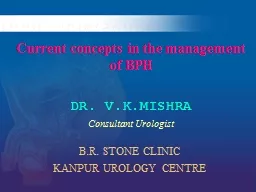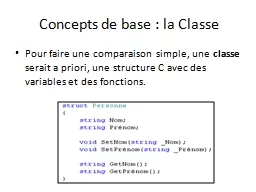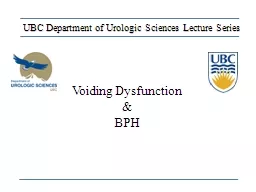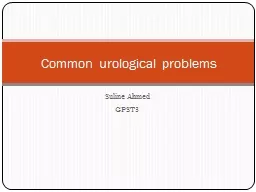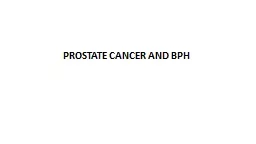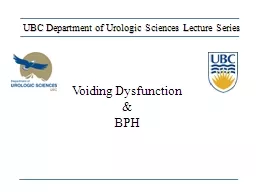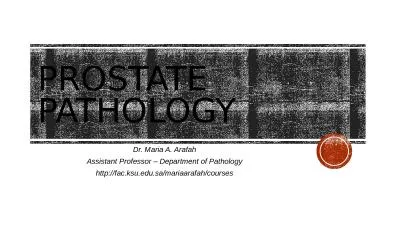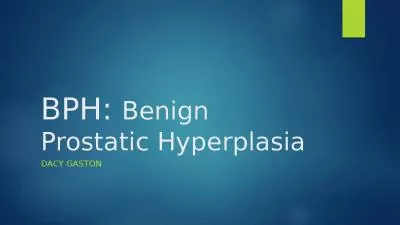PPT-Current concepts in the management of BPH
Author : cheryl-pisano | Published Date : 2016-09-03
DR VKMISHRA Consultant Urologist BR STONE CLINIC KANPUR UROLOGY CENTRE Pathologist Urodynamicist Radiologist Urologist BPH Patient Synchronous elevated detrusor
Presentation Embed Code
Download Presentation
Download Presentation The PPT/PDF document "Current concepts in the management of B..." is the property of its rightful owner. Permission is granted to download and print the materials on this website for personal, non-commercial use only, and to display it on your personal computer provided you do not modify the materials and that you retain all copyright notices contained in the materials. By downloading content from our website, you accept the terms of this agreement.
Current concepts in the management of BPH: Transcript
Download Rules Of Document
"Current concepts in the management of BPH"The content belongs to its owner. You may download and print it for personal use, without modification, and keep all copyright notices. By downloading, you agree to these terms.
Related Documents

